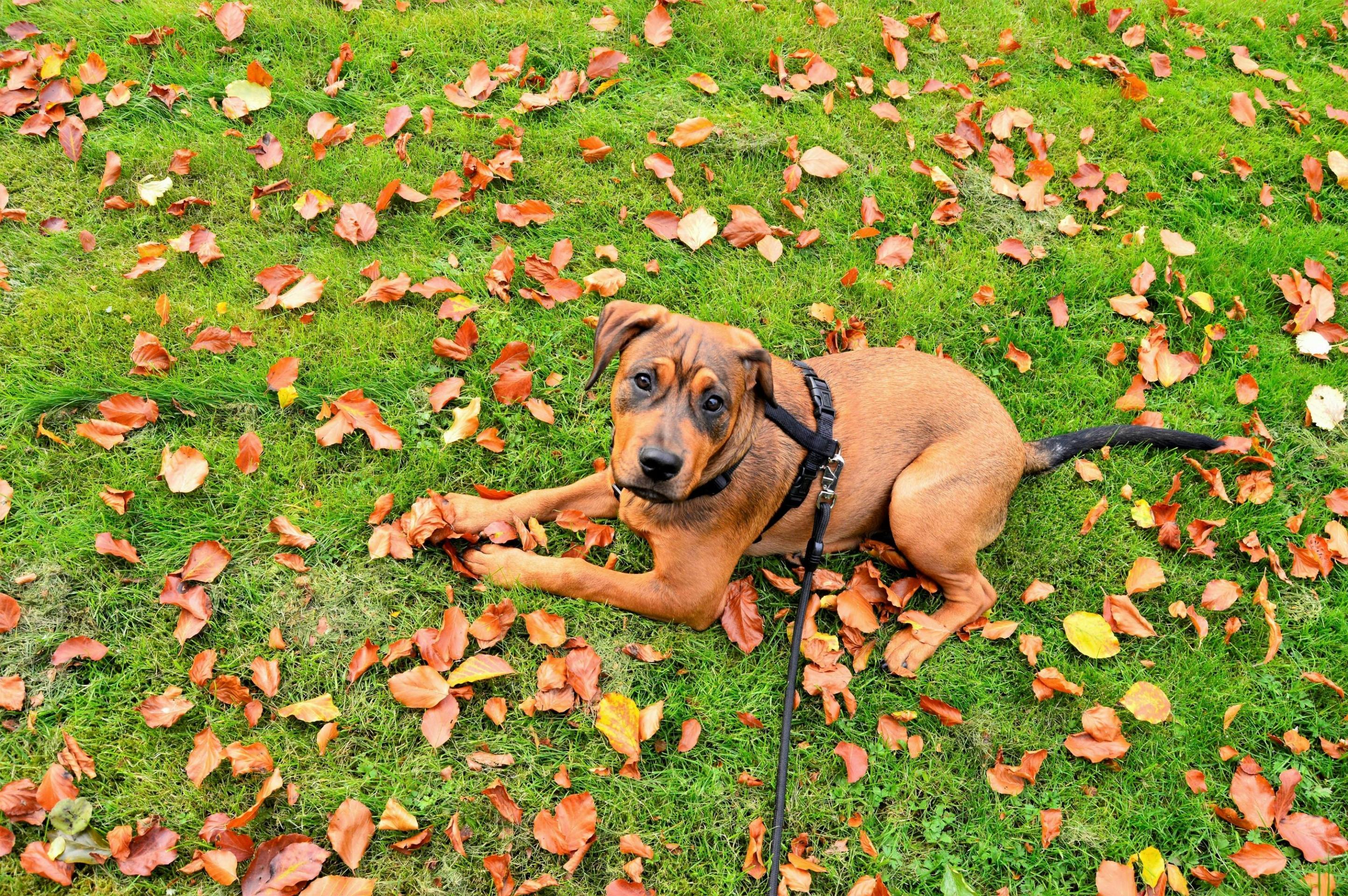Walking your dog is one of the most important aspects of pet ownership. Not only does it provide necessary exercise, but it also offers mental stimulation and bonding time between you and your furry friend. At Ingleside Animal Hospital, we understand that different dogs have different needs when it comes to walks. Here’s a comprehensive guide on how often you should walk your dog.

1. Consider Your Dog’s Age and Breed
The frequency and duration of walks depend largely on your dog’s age, breed, and energy level:
-
Puppies: Young dogs are usually bursting with energy and require frequent exercise. Aim for 5 minutes of walking per month of age, up to twice a day. For example, a 3-month-old puppy would benefit from about 15 minutes of walking.
-
Adult Dogs: Most adult dogs should get at least 30 minutes to 2 hours of exercise each day, depending on their breed. Active breeds, like Labrador Retrievers and Border Collies, may need more time, while smaller or less active breeds might require less.
-
Senior Dogs: Older dogs may not need as much exercise as they did when they were younger. Aim for shorter, more frequent walks to keep them active without overexerting them.
2. Assess Your Dog’s Energy Level
Each dog has its own unique energy level, which can influence how often and how long they need to walk. Observe your dog’s behavior:
- If they seem restless or engage in destructive behaviors, they may need more exercise.
- If they tire quickly during walks or seem reluctant to continue, they may require shorter walks.
3. Create a Routine
Establishing a regular walking schedule can help keep both you and your dog active. Try to walk your dog at the same times each day, which can help them feel secure and understand what to expect.
- Frequency: Most dogs benefit from at least one walk per day, but two or more walks are ideal for energetic breeds.
- Duration: Aim for 30 minutes for moderate activity, but adjust based on your dog’s needs.
4. Vary Your Walks
To keep things interesting, mix up your walking routes. Explore different neighborhoods, parks, or trails to provide your dog with new sights and smells. This can help stimulate their mind and make walks more enjoyable.
5. Incorporate Playtime
In addition to walks, incorporate playtime into your dog’s daily routine. Activities like fetch or tug-of-war can help burn off excess energy and strengthen your bond.
6. Weather Considerations
Be mindful of the weather conditions when planning your walks. In hot weather, try to walk early in the morning or later in the evening to avoid heat exhaustion. In cold weather, ensure your dog is warm enough, especially if they have short fur or are sensitive to cold.
7. Consult Your Veterinarian
If you have any concerns about your dog’s exercise needs or health conditions that may affect their ability to walk, consult your veterinarian. They can provide tailored advice based on your dog’s specific needs.
If you have questions and you'd like to reach out to us, you can call us directly at (602) 833-7511, or you can email us at [email protected]. Don't forget to follow us on social media Facebook, Instagram.
